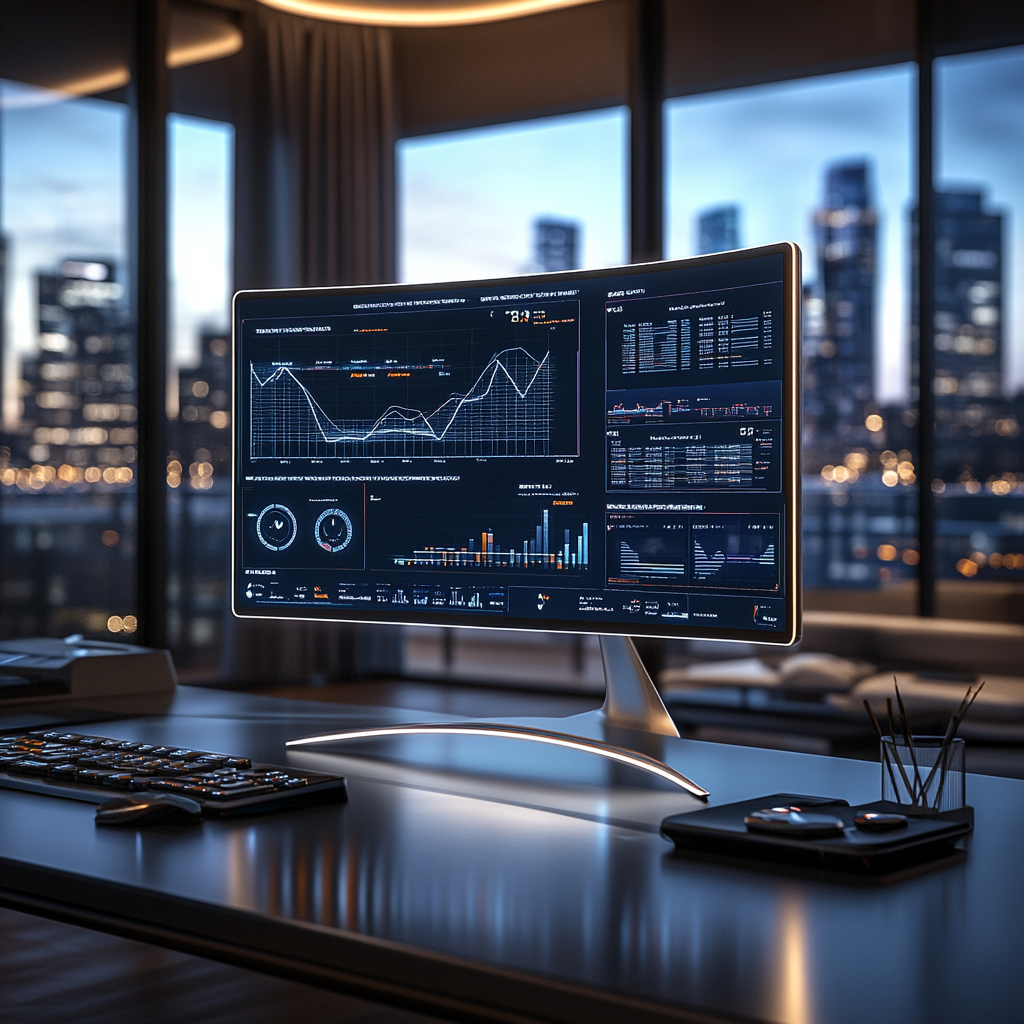This article discusses the use of Convolutional Neural Networks (CNNs) for feature extraction in image classification tasks. It explains how CNNs recognize patterns in an image to classify it and demonstrates an example of feature extraction using TensorFlow and the Keras functional API. The article also compares the feature extraction capabilities of two CNNs trained on different image datasets.

Using Convolutional Neural Networks for Feature Extraction
Convolutional Neural Networks (CNNs) are a powerful tool for image classification using machine learning. But before classifying an image, CNNs also extract relevant features from it. Feature extraction is the process of recognizing key patterns in an image to help with classification. In this article, we will explore how to perform feature extraction using TensorFlow and the Keras functional API.
Understanding Pixel Space
Pixel space refers to the conversion of an image into a matrix of values, where each value represents a pixel. In grayscale images, pixel values range from 0 (black) to 255 (white), with shades of gray in between. In this article, all images have been normalized, meaning each pixel value is divided by 255 to fall within the range of [0, 1].
The Role of CNNs in Pixel Space
CNNs apply filters and process the image in pixel representation to extract relevant pixels for classification. As the CNN goes deeper into the network, it recognizes more specialized features of the image. A CNN that is more specialized in classification is better at recognizing key features.
The Goal: Assessing CNN Specialization
The goal is to determine the level of specialization of a CNN in terms of feature extraction. We can compare two CNNs with the same architecture but trained on different-sized datasets to see how they process images and extract features.
The Method: Training and Slicing CNNs
To assess CNN specialization, two CNNs were trained: one with 50,000 images (benchmark) and the other with 10,000 images (dummy). The layers of the CNNs were then sliced to examine what the algorithm sees and how it interprets the input image.
The Dataset: cifar10
The cifar10 dataset, a widely used image dataset, was used for this project. It consists of 60,000 images divided into 10 classes, with 10,000 images used for validation. The images are 32×32 pixels in size and RGB-colored.
Implementation in TensorFlow
The code snippet provided shows the implementation of the CNN architecture using TensorFlow and the Keras functional API. The model is compiled with the Adam optimizer, categorical cross-entropy loss function, and accuracy as the evaluation metric.
Slicing the CNNs
The code allows us to slice specific layers of the CNNs to examine the processing level. By accessing the layers and creating a new model with the outputs of those layers, we can analyze what happens between the layers.
Analysis of Feature Extraction
The article provides visualizations of the feature extraction process for both the benchmark and dummy CNNs. It shows how the images become more processed and specialized as they pass through the layers. The benchmark CNN demonstrates more efficient feature extraction, resulting in a more recognizable output.
Information Gain and Uncertainty
The article discusses the information gain achieved through feature extraction and how it can be analyzed using probability distributions. It also highlights the importance of larger training sets in improving feature capturing algorithms.
AI Solutions for Your Business
If you want to evolve your company with AI and stay competitive, consider exploring feature extraction with CNNs. AI can redefine your way of work and provide valuable insights. Here are some practical steps to implement AI in your business:
1. Identify Automation Opportunities: Locate key customer interaction points that can benefit from AI.
2. Define KPIs: Ensure your AI endeavors have measurable impacts on business outcomes.
3. Select an AI Solution: Choose tools that align with your needs and provide customization.
4. Implement Gradually: Start with a pilot, gather data, and expand AI usage judiciously.
For AI KPI management advice and continuous insights into leveraging AI, connect with us at hello@itinai.com or follow us on Telegram t.me/itinainews and Twitter @itinaicom.
Spotlight on AI Sales Bot
Consider using the AI Sales Bot from itinai.com/aisalesbot to automate customer engagement and manage interactions across all stages of the customer journey. This AI solution can redefine your sales processes and enhance customer engagement. Explore the AI Sales Bot and other solutions at itinai.com.
List of Useful Links:
- AI Lab in Telegram @aiscrumbot – free consultation
- Exploring Feature Extraction with CNNs
- Towards Data Science – Medium
- Twitter – @itinaicom


























